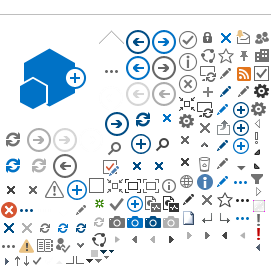The aim of the Clean Sky 2 program is to create a more environmentally friendly European transport system. Small Aircrafts (technically General Aviation A/Cs) represents an important segment of this system and an basic piece in the organization of the door-to-door air transport system. Also the reduction of airspace congestion is achieved through the increase of routes served by general aviation aircraft and the use of smaller airports.
The main objective of the project is to develop technologies for manufacturing lighter and cheaper airframes while its reliability is maintained or increased. In this regard, it will be developed innovative technologies in order to optimize aspects such as material waste, weight reduction, manufacturing time and the easy of the assembling. Some technologies studied and developed during the five years of duration of SAT-AM are: Friction Stir Welding (FSW), Additive Layer Manufacturing (ALM), Block Structures (BS), High Speed Machining and out of autoclave composite manufacturing (OoA). The selected technologies will be properly developed in order to overcome the strict standards imposed by the European Airworthiness Authorities (EASA) and finally they will be tested on two demonstrators, that are the cockpit (forward fuselage of the aircraft) and the engine nacelle. The baseline aircraft is the PZL M28 manufactured by PZL Mielec company.
In support of these technologies, activities of re-design and testing aimed to demonstrate the effective use on aircraft will be addressed. A structural health monitoring system will be developed and tested in order to evaluate the presence of structural damages with the scope to give the suitable reliability to the new technologies. Additionally anacelle anti-icing system SHAIS (Super Hydrophobic Anti-icing system) will be developed in order to reduce weight and energy absorption of the classic de-icing system. The system will be tested through an experimental wind tunnel campaign in the 'Icing Wind Tunnel (IWT). The SAT-AM project is officially started on 07.01.2016 with the kick off meeting that took place at the PZL Mielec company in Poland. During the meeting, the main purpose and project milestones were discussed by the main actors (consortium partners, Evektor the Work Area Leader and Clean Sky 2 Project officer) in order to address the first project activities.

